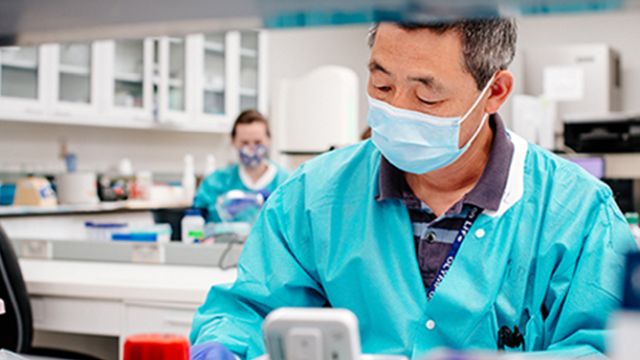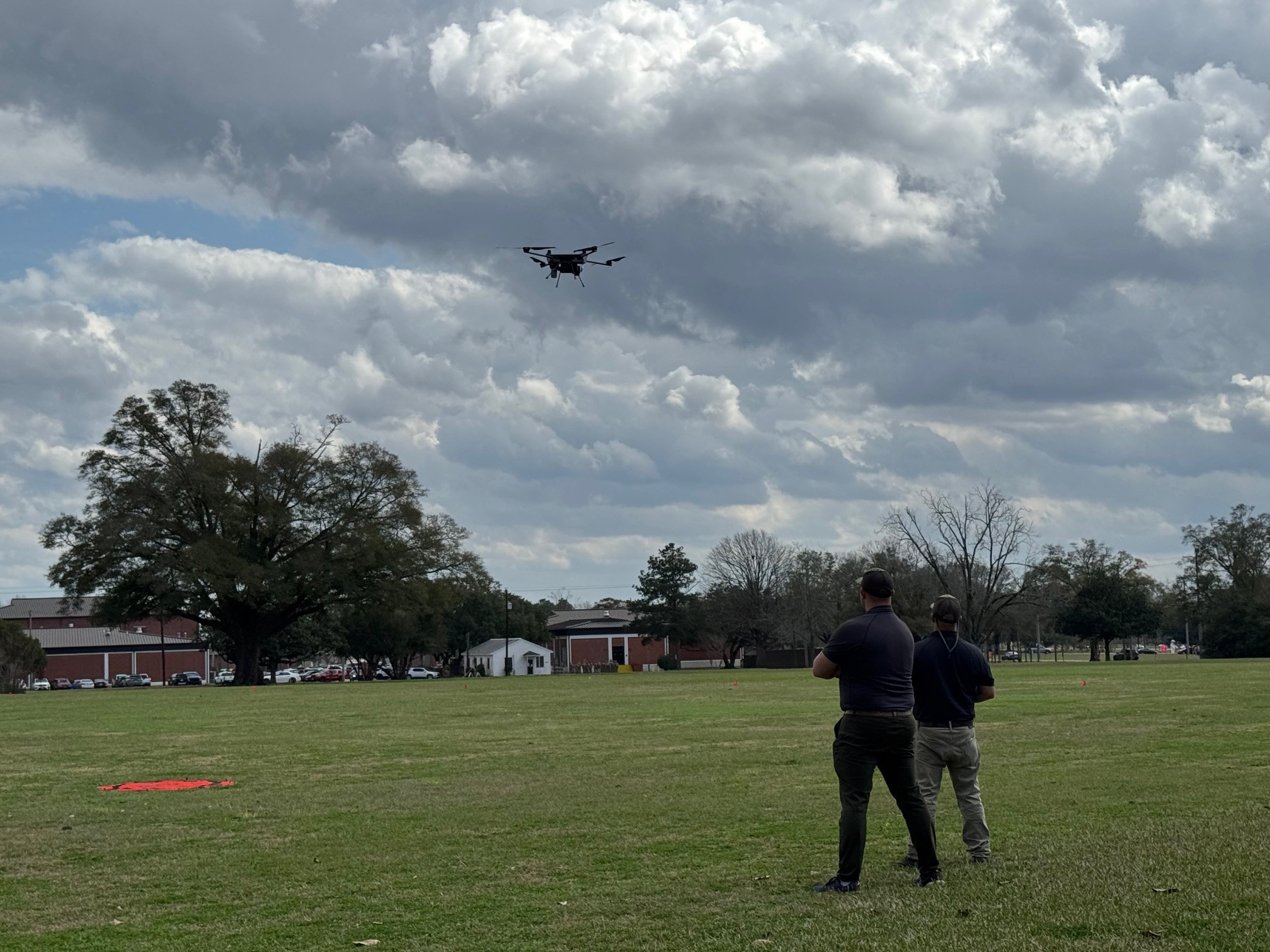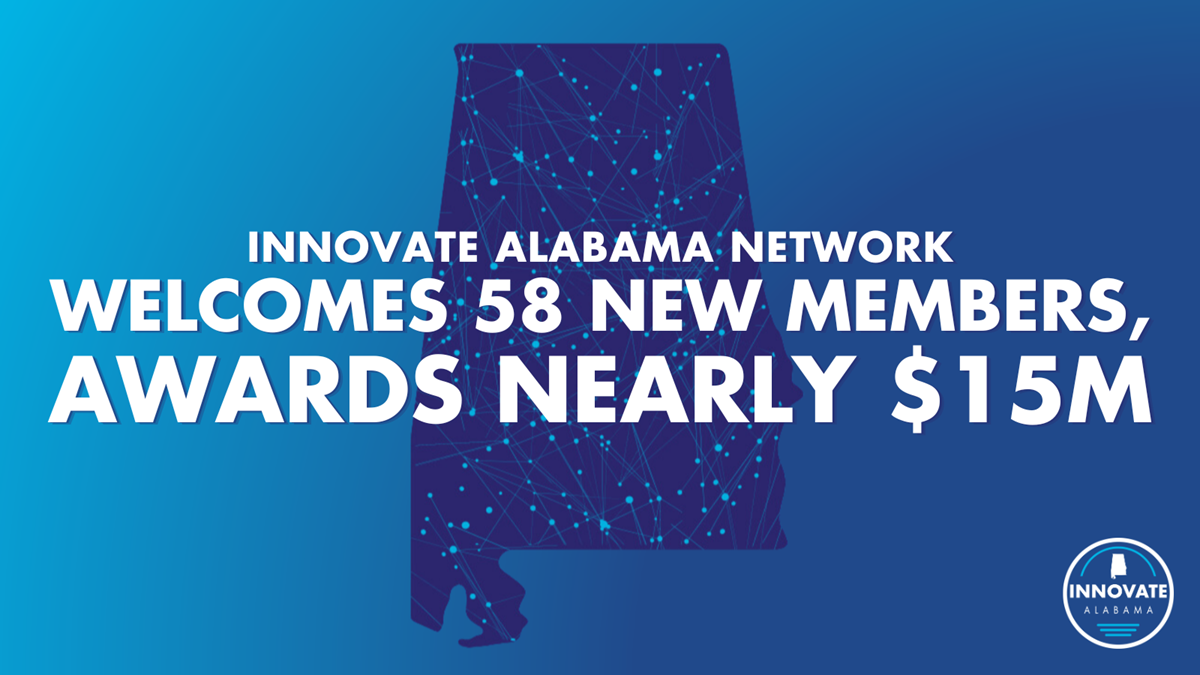UAB’s banner year boosted by record research funding

Collective strength of the research enterprise leads to almost $849 million in research grants and awards for fiscal 2021. (UAB)

UAB President Ray Watts (UAB)
In spite of the pandemic and in part because of it, the University of Alabama at Birmingham extended its most successful era of research funding in fiscal 2021.
UAB received nearly $849 million in research grants and awards for the 12-month period ending Sept. 30, up from almost $638 million the previous year, according to data from its Office of Sponsored Programs. The additional $211 million, which represents an extraordinary one-year increase of 33%, includes two pandemic-related awards totaling $201 million.
“This is nothing short of amazing,” said Christopher Brown, vice president for Research. “It speaks to the strength of the UAB research enterprise, and that includes the faculty, postdocs and students, plus our facilities and our administrators who work with them. It also speaks to our leadership, particularly President Watts, who pushes everyone to excel.”
“The past two years have shown that nothing – not even a global pandemic – can dampen our innovative spirit or weaken our drive to serve and succeed,” UAB President Ray Watts said. “We are emerging even stronger because of these challenges, and I am confident that will enable us to continue to raise the ceiling for our success.”
“With respect to our research enterprise, the effects of the pandemic were immediate and real-time but not lingering,” said Brown, who said it was “humming along in all quarters.” He points to two items as proof:
- During this period, each of the six health-related schools is among the Top 10 public universities receiving funding from the National Institutes of Health, and UAB ranks among the top 3% of U.S. universities based on all federal research funding awarded.
- Industry support from all sources totaled $149 million, up 49% for the year, and industry-supported clinical trials, a subset of this number, increased $42 million (56%) for the year.
Brown said even if extraordinary awards from the federal Higher Education Emergency Relief Fund and Centers for Disease Control and Prevention are excluded from the year-end total, UAB research funding still exceeded $648 million in 2021 – a $10 million year-to-year boost that extends the five-year rate of increase to 43%.
The big lift
Brown said although a dollar figure is one way for UAB to measure yearly progress and compare itself to peers, “the most important thing about research is its impact on the world and on people.”
Brown singles out the two large awards – not necessarily to be renewed – to illustrate. One for $59 million is from the Higher Education Emergency Relief Fund, distributed to most universities and used to support employees and students affected by the pandemic.
The second is a $142 million grant that originated with the Centers for Disease Control and Prevention and came to the UAB School of Public Health through the Alabama Department of Public Health. It was used to conduct COVID-19 testing in the state’s K-12 schools. “Because of our demonstrated competence in this area, we were well-positioned to partner with the Department of Public Health to provide these safeguards for children and adults in our state’s elementary and secondary schools,” Brown said.
Brown is optimistic growth will continue in 2022.
Even when lab work was interrupted this year, faculty continued to write and submit grants and publish results of previous research, Brown said. Overall proposal submissions are at a record high this year at 5,767, which represents a 2.8% increase over the past year, and the number of awards remained steady at 4,467.
“We are going to see the full benefits of that over the coming year as submitted proposals become funded grants,” Brown said. He also pointed to other strategies that will boost UAB’s success next year and beyond.
“Schools are focused on attracting and recruiting faculty who bring ideas and research with them,” he said. UAB’s leadership in biomedical research is a strength, and Brown also is excited about growing strengths, including materials and biomaterials engineering, autonomous vehicles, data visualization and resiliency.
Another attractive element is UAB’s Harbert Institute for Innovation and Entrepreneurship (HIIE), which “fosters and nurtures the entrepreneurial ecosystem here through tech transfer and more,” Brown said. “It helps translate research into an economic benefit by shepherding patents, licensing, spinoffs and startups that, in turn, benefit our research enterprise because those attract and benefit faculty.”
In fiscal 2021, intellectual property disclosures managed by HIIE increased 50% to 127, plus 19 patents were issued, 44 licenses were executed, three startups were launched and $4.87 million in revenue was generated.
This story originally appeared on the UAB News website.






